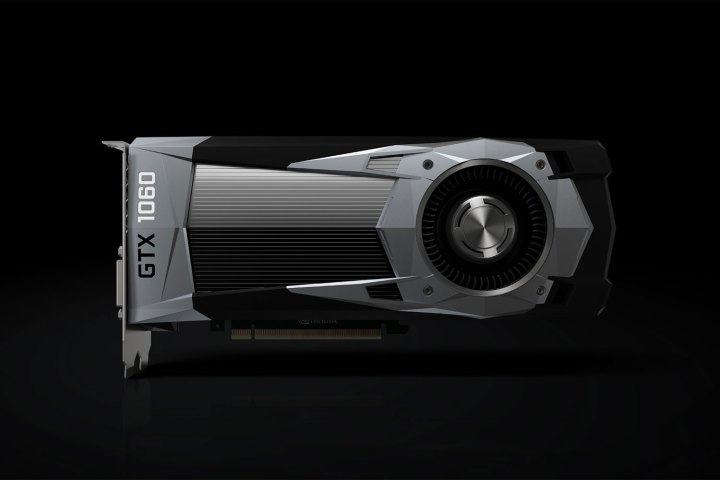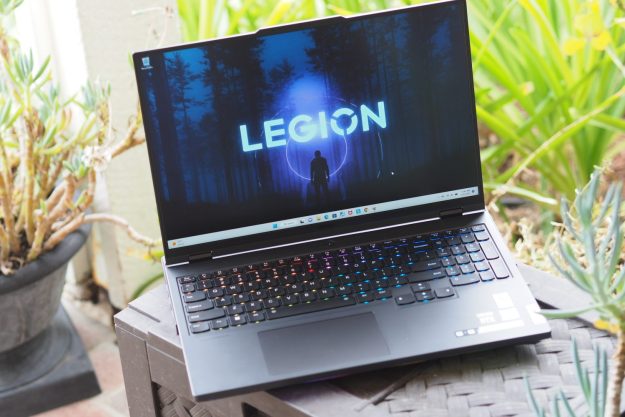
It’s been three years since the last time AMD and others blamed graphics card shortages on cryptocurrency miners, but that seems to be what we’re seeing again in 2017 as currencies like Ethereum surge in value. This particular system seems to be geared towards Nvidia Pascal graphics cards however, as it cites the GP106-100, the core found in the GTX 1060 Pascal card.
In the case of this system though, those cores would be built into passively cooled cards with no video outputs.
Apart from the eight graphics cards, the specifications for the system are relatively pedestrian sounding for the gamers and hardware enthusiasts out there. The CPU is a single Intel Celeron mobile processor, paired up with 4GB of DDR3 memory. Storage is a single 64GB mSATA solid state drive (SSD).
But little of that matters, because unlike traditional PCs, this mining system is designed to maximize the number-crunching abilities of its bundled graphics cards. With eight churning away, this system can output a respectable amount of Ethereum, ZCash or Monero currencies. Videocardz claims it’s comparable to running a system with dual GTX 1080s and a GTX 1070, though it does draw more power to do so.
To power the eight GPUs inside the mining system, this set-up offers an optional 1,600w PSU, though should typically draw around 1,000w for those looking to build their own PSU into it. To make sure everything stays relatively cool there’s a relay of nine fans: five inflow and four outflow. They’re joined by dual eight-pin power connectors for each graphics card along the length of the custom motherboard.
Other cited features of this GPU mining system is an easy-to-dismantle case for maintenance purposes, a sturdy enclosure that enables stacking, and solid dust control and ventilation to prevent overheating.
No word yet on how much such a system will cost, but it’s not likely to be cheap. It’s also worth bearing in mind that the resale value will likely be very poor, as the graphics cards will be worked far harder than most high-end PCs.
There’s also no word on a planned release date.
Editors' Recommendations
- Thanks, GPU shortage: A bottom-barrel graphics card is now an Amazon bestseller
- Nvidia’s new GTX 1660 Ti and 1650 graphics cards for laptops start at $799






